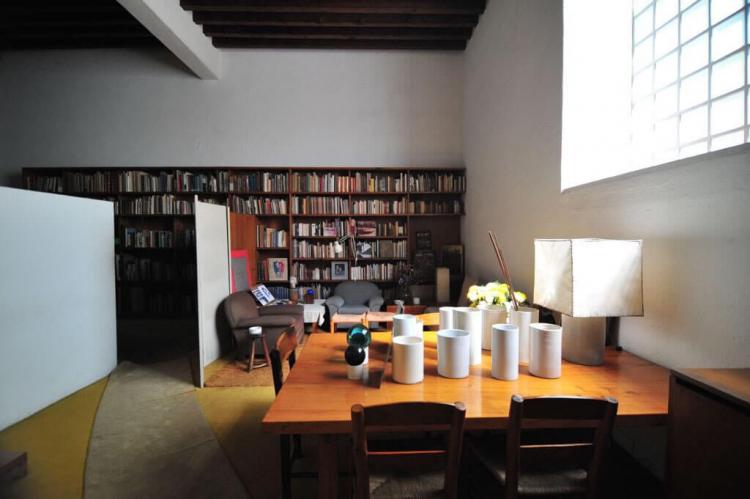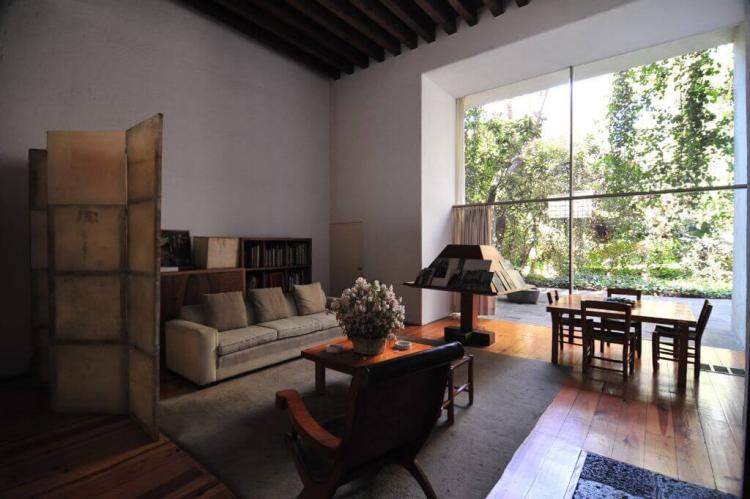Luis Barragán House and Studio (Mexico)
The Luis Barragán House and Studio, situated in a working-class suburb of Mexico City, stands as a testament to the creative genius of architect Luis Barragán in the post-Second World War period. This architectural marvel was recognized by UNESCO and constructed between 1947 and 1948.
Luis Barragán House and Studio
The Luis Barragán House and Studio, situated in a working-class suburb of Mexico City, stands as a testament to the creative genius of architect Luis Barragán in the post-Second World War period. Constructed between 1947 and 1948, this architectural marvel earned the prestigious World Heritage Site designation. The property, owned by the Fundación de Arquitectura Tapatía and the Government of the State of Jalisco, now serves as a museum, showcasing Barragán's exceptional work and providing a space for visiting architects.
This unique site, spanning 1,161 square meters (12,500 square feet), consists of a ground floor and two upper stories, complemented by a small private garden. What sets the Luis Barragán House and Studio apart is its regional adaptation of the International Modern Movement in architectural design. Barragán's innovative approach involves a profound dialogue between light and constructed space, emphasizing the substantial role of color in shaping form and materials.
The architect's integration of modern design with traditional Mexican vernacular elements has had a lasting impact, particularly in contemporary garden design. Barragán's use of water and fountains is noteworthy, drawing inspiration from Mediterranean and Islamic traditions, notably Moroccan influences. This blending of diverse influences reflects the artist's manifesto extending beyond its cultural milieu, becoming a distinguished reference in 20th-century fine art and architecture.
The Luis Barragán House and Studio preserves the authenticity of Barragán's vision, retaining the original furniture and the architect's objects. Among its treasures is a remarkable Mexican art collection spanning the 16th to the 20th century, featuring works by iconic artists such as Picasso, Diego Rivera, José Clemente Orozco, Jesús Reyes Ferreira, and Miguel Covarrubias.
The house's autobiographical background, far from limiting its significance, elevates it to a level that transcends time and cultural boundaries. Beyond its visual aesthetics, the property engages all the senses, redefining how its inhabitants can perceive and enjoy architecture.
Despite its departure from industrial production, the Luis Barragán House and Studio employs materials found in traditional architecture. As they age, these materials contribute to the house's unique patina—an aspect that Barragán acknowledged as the poetic value of his architecture. This World Heritage Site is not merely a static representation of Barragán's work but a living testament to his innovative spirit, inviting visitors to experience the convergence of art, architecture, and the senses.



